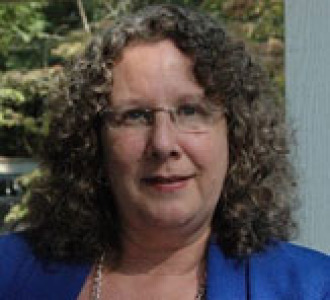NASA develops Solar Shield to protect the grid
WASHINGTON, Feb. 24, 2016 - Space weather can significantly impact
electric power systems on Earth, sometimes knocking out power for millions of
people for extended periods of time. On March 9, 1989, a coronal
mass ejection (CME) set off a chain of events that knocked out power to the
Canadian province of Quebec for about nine hours. Although CMEs hit Earth often
and those with the potential to shut down an entire power grid are rare, scientists
want to make sure that the U.S. is prepared.
Researchers at NASA’s Goddard Space
Flight Center in Greenbelt, Maryland, are creating models to simulate how
space weather affects the power grid. The project, called Solar
Shield, has incorporated six test sites around the U.S., where computer
simulations of forecasted space weather affects are compared with actual
observations on the ground. The simulations can be used to improve operational
space weather forecasts, such as those issued by the National Oceanic and
Atmospheric Administration’s (NOAA) Space
Weather Prediction Center, the U.S. government’s official source for space
weather forecasts.
“We really want to create models that accurately show
incoming space weather,” says Antti Pulkkinen, a research astrophysicist at
Goddard. “That way, space weather forecasters can provide the grid operators
the information they need to know what’s happening when they start seeing weird
fluctuations in the power grid.”
With accurate advance warning, power engineers have several options
to protect the grid, says NASA. With a day or two of notice, power grid
companies can alter maintenance schedules to make sure that as many critical
lines are up and running as possible. Even with just 20 minutes of lead time, grid
operators can take steps to prevent blackouts and damage, by injecting reserve
power into the system to help stabilize system voltage, for instance.
Solar Shield combines research efforts from several agencies
and is supported by the Department of Homeland Security Science and Technology directorate.
#30
For more news, go to: www.Agri-Pulse.com

